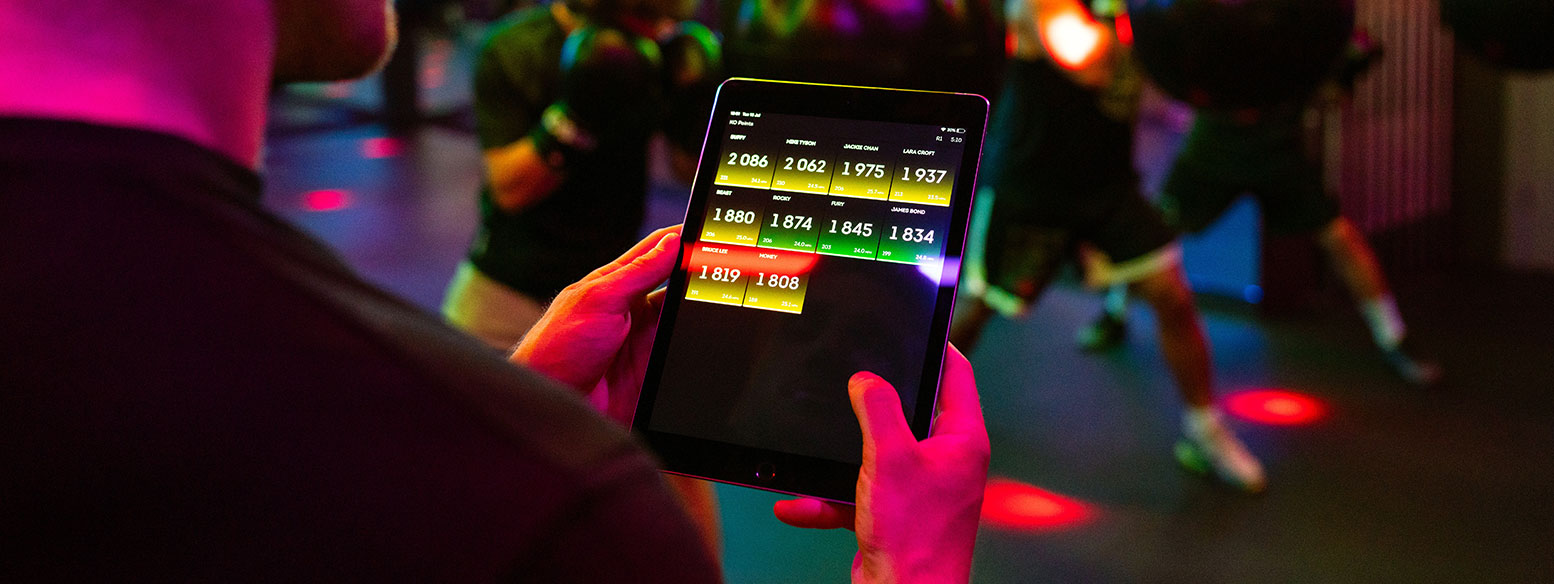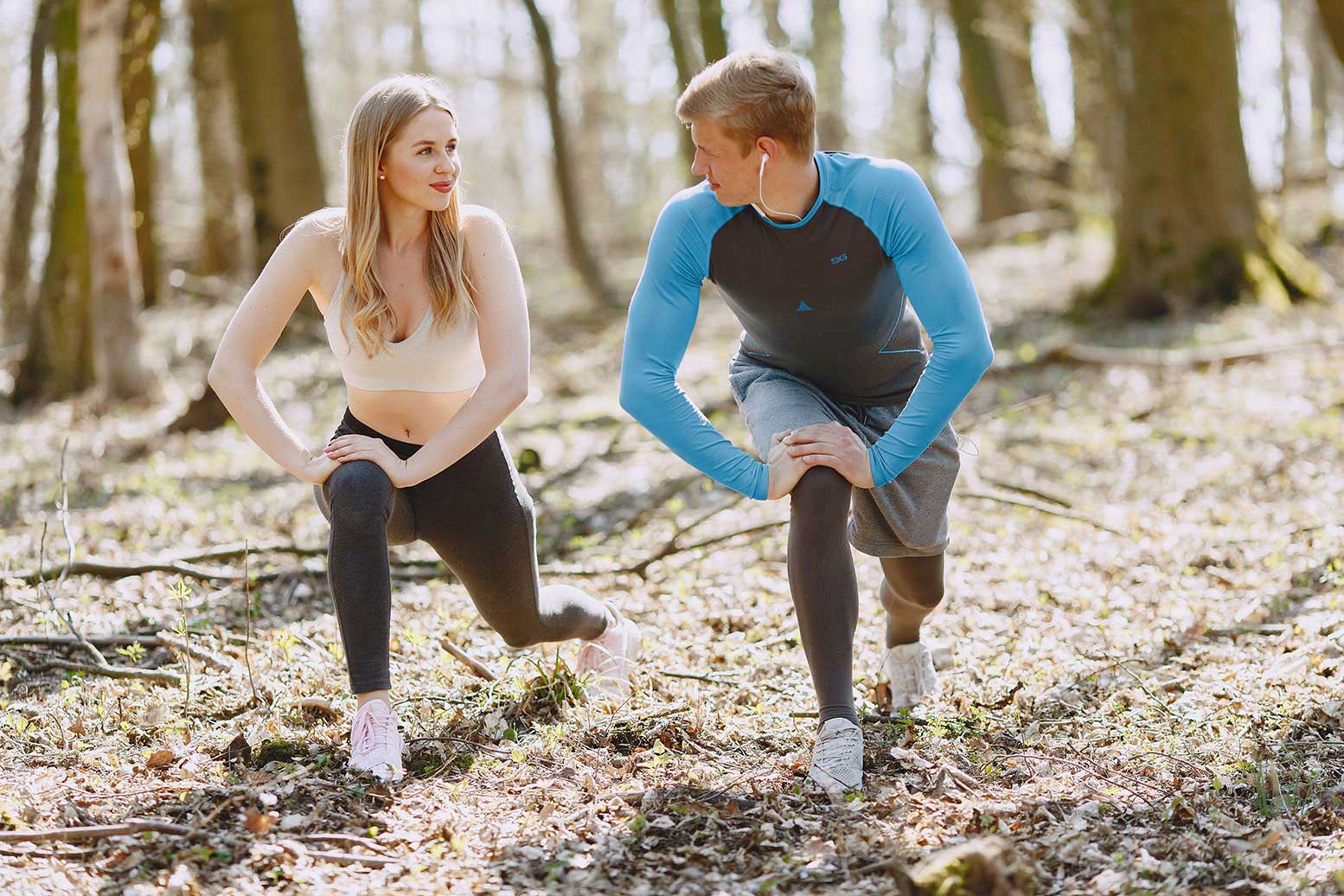F Fitness Challenges and Programs
Navigating the Fitness Odyssey: A Comprehensive Guide to Tracking Progress and Setting Fitness Goals
By
Beauty Doctor MD October 5, 2023

Embarking on a fitness journey is akin to setting sail on a vast ocean of possibilities, each wave a potential achievement, and every milestone a victory. Yet, without a navigational tool, the journey becomes directionless. In the realm of fitness, tracking progress and setting goals are your compass and map, guiding you through the ebbs and flows of your personal odyssey. In this expansive guide, we’ll delve deep into the art and science of tracking progress, explore the nuances of effective goal-setting, and equip you with the tools to sculpt a transformative fitness narrative.
- The Significance of Tracking Progress
- 1.1 A Holistic View of Fitness:
- Beyond Numbers: Progress extends beyond just weight and measurements.
- Mind-Body Connection: Recognizing improvements in mental and emotional well-being.
- 1.2 Motivation and Accountability:
- Visual Reinforcement: Seeing progress reinforces motivation.
- Accountability: Tracking holds you responsible for your fitness journey.
- 1.3 Identifying Plateaus and Adjustments:
- Stagnation Awareness: Early detection of plateaus aids in course correction.
- Adaptability: Allows for adjustments in workout routines and nutrition.
- Tools and Methods for Tracking Progress
- 2.1 Physical Measurements:
- Weight: A common metric for overall progress.
- Body Measurements: Tracking changes in specific areas like waist, hips, and arms.
- Body Fat Percentage: A more accurate reflection of body composition.
- 2.2 Fitness Assessments:
- Strength Testing: Monitoring improvements in strength.
- Cardiovascular Endurance: Assessing improvements in aerobic capacity.
- Flexibility Testing: Tracking gains in flexibility.
- 2.3 Progress Photos:
- Visual Documentation: Photographs capture physical changes over time.
- Motivational Tool: Comparing photos serves as a source of motivation.
- 2.4 Workout Logs:
- Exercise Performance: Recording weights, reps, and sets for strength training.
- Cardio Logs: Documenting duration, intensity, and type of cardiovascular exercise.
- 2.5 Wearable Technology:
- Fitness Trackers: Monitoring daily activity, steps, and calories burned.
- Heart Rate Monitors: Tracking heart rate during workouts for intensity assessment.
- 2.6 Nutrition Journals:
- Food Logging: Recording daily food intake for nutritional awareness.
- Energy Levels: Correlating nutrition with energy levels and workout performance.
- The Art of Goal Setting in Fitness
- 3.1 SMART Goals:
- Specific: Clearly define the goal.
- Measurable: Establish metrics for progress tracking.
- Achievable: Set realistic and attainable goals.
- Relevant: Align with broader fitness objectives.
- Time-Bound: Specify a timeframe for achieving the goal.
- 3.2 Short-Term and Long-Term Goals:
- Immediate Wins: Short-term goals provide quick victories.
- Sustainable Growth: Long-term goals ensure sustained progress.
- 3.3 Behavioral Goals:
- Establishing Habits: Goals focused on creating sustainable habits.
- Mindset Shifts: Shifting focus from outcome to the process.
- 3.4 Prioritizing Well-Being:
- Health-Centric Goals: Prioritize goals that enhance overall well-being.
- Balancing Aesthetics and Functionality: A blend of appearance and functional fitness.
- Crafting Your Fitness Blueprint: Setting Effective Goals

- 4.1 Self-Reflection:
- Understanding Motivations: Identify intrinsic and extrinsic motivators.
- Clarifying Values: Align goals with personal values and priorities.
- 4.2 Prioritizing Goals:
- Hierarchy of Goals: Establishing a priority sequence.
- Balance: Balancing different aspects such as strength, flexibility, and cardiovascular health.
- 4.3 Specific Fitness Categories:
- Strength Goals: Focusing on increasing weight and resistance.
- Endurance Goals: Emphasizing improvements in cardiovascular fitness.
- Flexibility Goals: Prioritizing increased range of motion.
- 4.4 Integrating Variety:
- Cross-Training Goals: Including a mix of activities for holistic fitness.
- Skill-Based Goals: Learning new skills within the fitness realm.
- Strategies for Consistent Progress Tracking
- 5.1 Regular Assessments:
- Scheduled Check-Ins: Establishing regular intervals for assessments.
- Adaptation and Evolution: Allowing for adjustments based on assessment results.
- 5.2 Celebrating Milestones:
- Small Wins: Acknowledging and celebrating incremental achievements.
- Incentives: Rewarding yourself for reaching significant milestones.
- 5.3 Seeking Professional Guidance:
- Personal Trainers: Expertise in creating tailored workout plans and assessing progress.
- Nutritionists/Dietitians: Guidance on aligning nutrition with fitness goals.
- 5.4 Community Support:
- Fitness Buddies: Sharing goals with friends or family for mutual support.
- Online Communities: Joining virtual fitness communities for inspiration.
- Overcoming Challenges in Goal Pursuit
- 6.1 Dealing with Plateaus:
- Reassessment: Reevaluating goals and strategies during plateaus.
- Adjusting Workouts: Introducing variety to break through stagnation.
- 6.2 Balancing Realism and Ambition:
- Realistic Timeframes: Setting achievable deadlines.
- Flexibility: Being adaptable in adjusting goals based on circumstances.
- 6.3 Addressing Setbacks:
- Learning Opportunities: Viewing setbacks as opportunities for learning.
- Resilience Building: Developing mental resilience in the face of challenges.
- The Evolving Fitness Journey: A Lifetime of Progress
- 7.1 Periodization for Lifelong Fitness:
- Cycling Intensity: Alternating phases of higher and lower intensity.
- Long-Term Adaptation: A flexible approach to fitness as goals evolve.
- 7.2 Holistic Well-Being:
- Mind-Body Connection: Recognizing the impact of mental health on fitness.
- Incorporating Enjoyable Activities: Ensuring long-term adherence through enjoyment.
- 7.3 Legacy and Impact:
- Setting an Example: Inspiring others through personal fitness journeys.
- Fulfillment in Consistency: Finding fulfillment in the consistency of progress.
Conclusion: Your Fitness Saga Unfolds
In the intricate tapestry of fitness, tracking progress and setting goals are the threads that weave your unique narrative. From the initial spark of motivation to the sustained flame of commitment, this journey is an odyssey of self-discovery, growth, and resilience. Armed with the knowledge to effectively track your progress and set meaningful goals, you’re not just sculpting a physique; you’re crafting a lifestyle of holistic well-being. So, set your compass, chart your course, and let the chapters of your fitness saga unfold with each tracked step and achieved goal. In the realm of fitness, your journey is not a destination but a perpetual evolution toward a healthier, stronger, and more empowered you.

